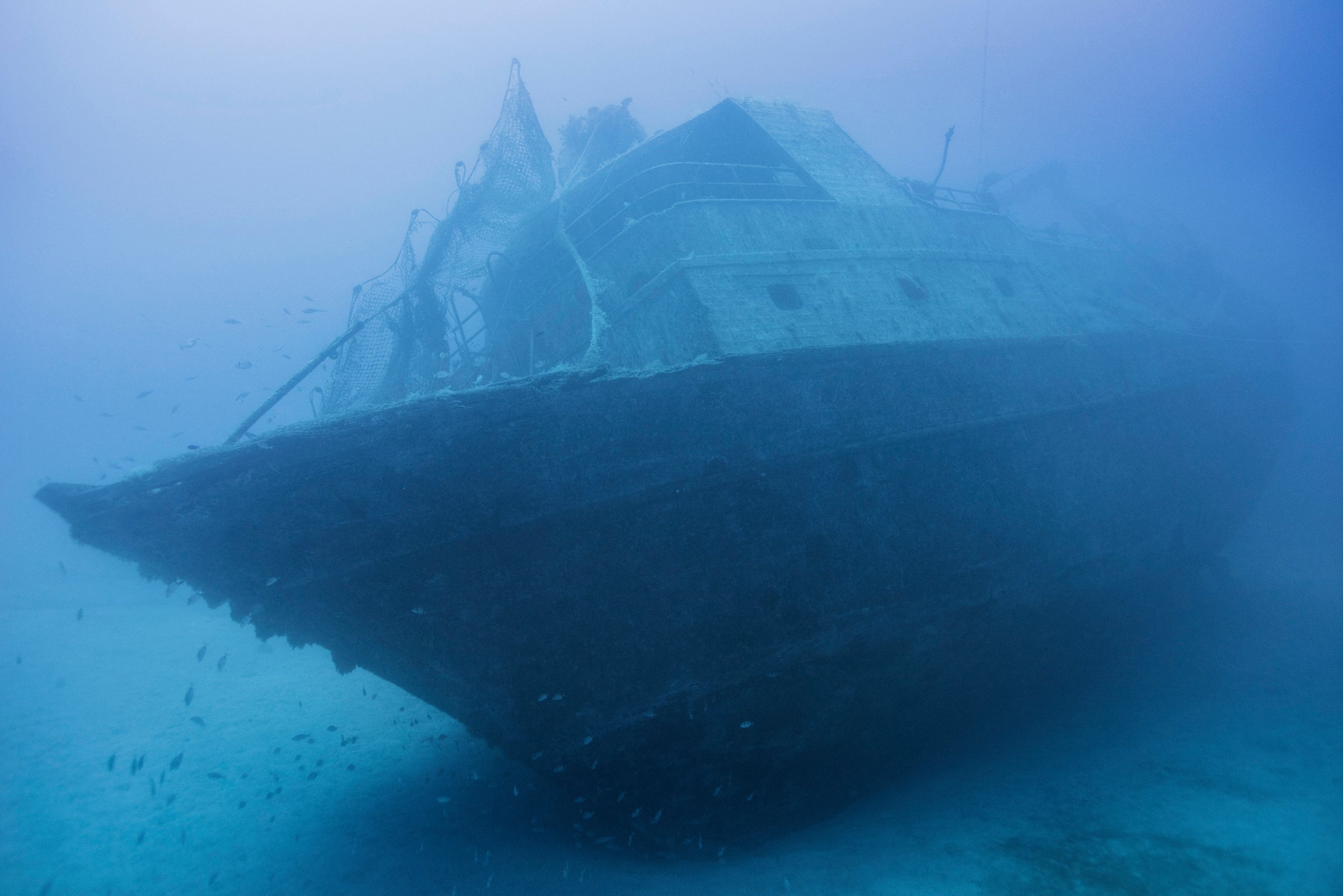
In October 2013, an overcrowded boat carrying asylum seekers from Eritrea, Somalia and Ghana capsized within sight of Italy’s shores. Despite the vessel’s stated capacity of 35 passengers, it carried around 500 souls on board that night. For 360 of them, dreams of a better life away from poverty and war died in the depths of the Mediterranean Sea.
The tragic event, however, did not discourage further migrants to make the perilous voyage nor did it trouble smugglers depending on such a lucrative business. Numbers of such crossings increased; new routes were tested.
This year, Francesco Zizola, an Italian photographer and a member of the Noor photo agency revisited these waters at great depths to photograph the wreckage.
“Taking pictures of the [wreckage] one year after the sinking was a way for me to investigate the subject of illegal immigration across the Mediterranean as an ongoing event,” Zizola tells TIME. “Thanks to my contacts among the local fishermen, I was able to retrieve the GPS coordinates of the wreck. All fishermen had been warned not to lay their nets in that spot, [in case] they get trapped in the remains of the sunken ship.”
Equipped with a Nikon D810 with an underwater housing for still images along with a Go-Pro for video, Zizola plunged into the water with his fellow diver in search of the shipwreck lying 164 ft. deep on the seabed.
It was not Zizola’s first attempt at underwater photography. He was well aware of the physical and technical challenges he could face. At such depth, he would have to overcome impediments such as bad lighting and unbalanced colors, while simultaneously moving his legs to manage a good diving rhythm. Knowing that time would be short and precious, Zizola had carefully planned his steps as well as how he would tell the story.
“I had tried to imagine how I would find possible signs that could help me tell the vastness of the tragedy that occurred one year before,” Zizola says. His pictures include a pair of jeans found on the seabed as well as blankets in the cabins. Overall, it took him two trips on two separate days to complete the shoot.
While this tragedy shocked the Italian population, little has been done to prevent future catastrophes of that magnitude. Last year, Italy launched Mare Nostrum, a research and rescue operation that goes far into international waters to intercept boats carrying migrants in distress.
But Italy can’t handle this flux on its own, with the country arguing for concerted and collective efforts on the part of the E.U. Operation Triton was launched, to little effect; with only a third of Mare Nostrum’s budget, Europe’s mission has no research and rescue capabilities.
“The boats full of men, women and children fleeing poverty and war will be left to their own destiny,” Zizola says, “at sea equates often to death.”
Francesco Zizola is an award-winning photographer based in Italy and a member of Noor Photo Agency.
Olivier Laurent, who edited this photo essay, is the editor of TIME LightBox. Follow him on Twitter and Instagram @olivierclaurent
Ye Ming is a contributor to TIME LightBox. Follow her on Twitter and Instagram.
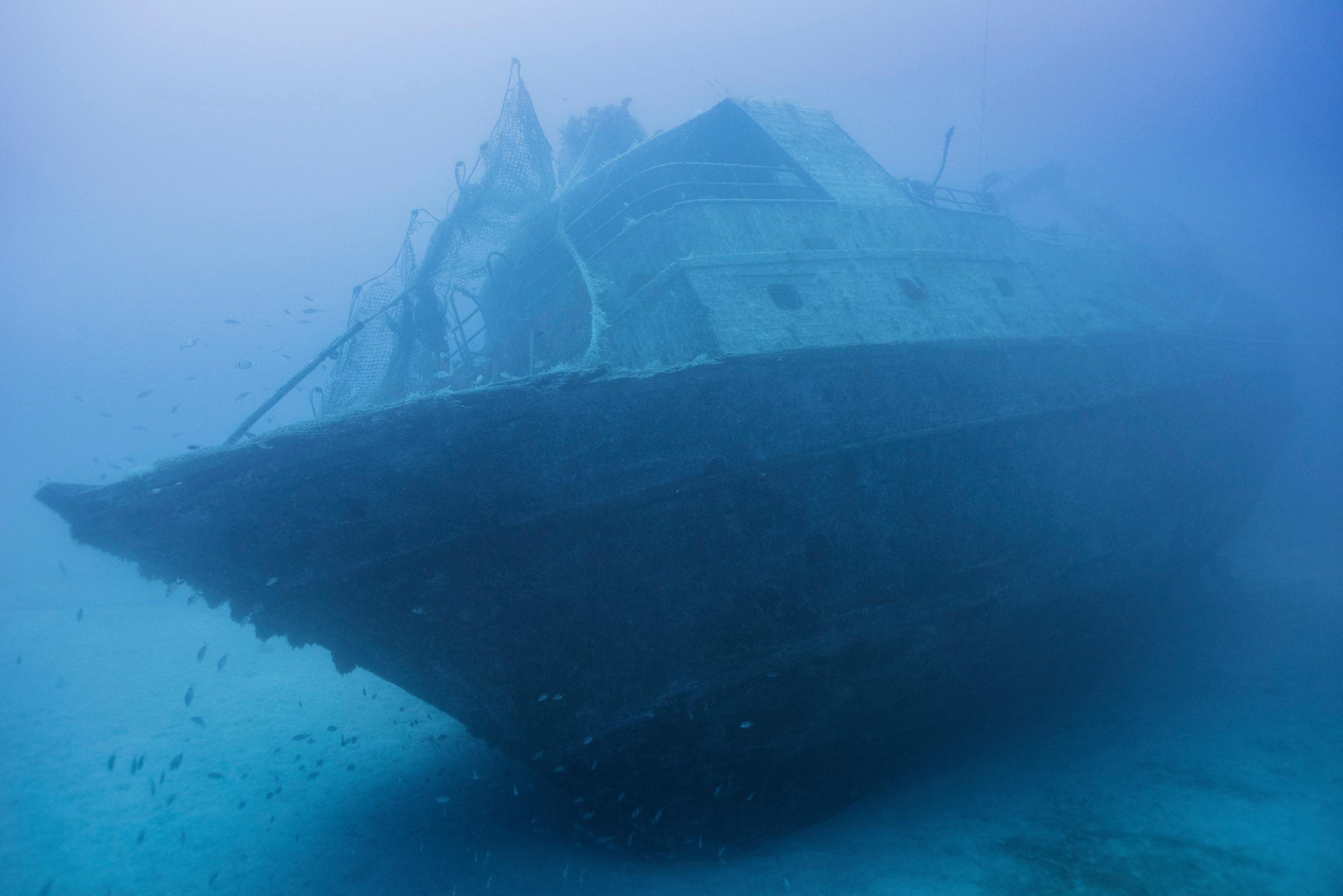
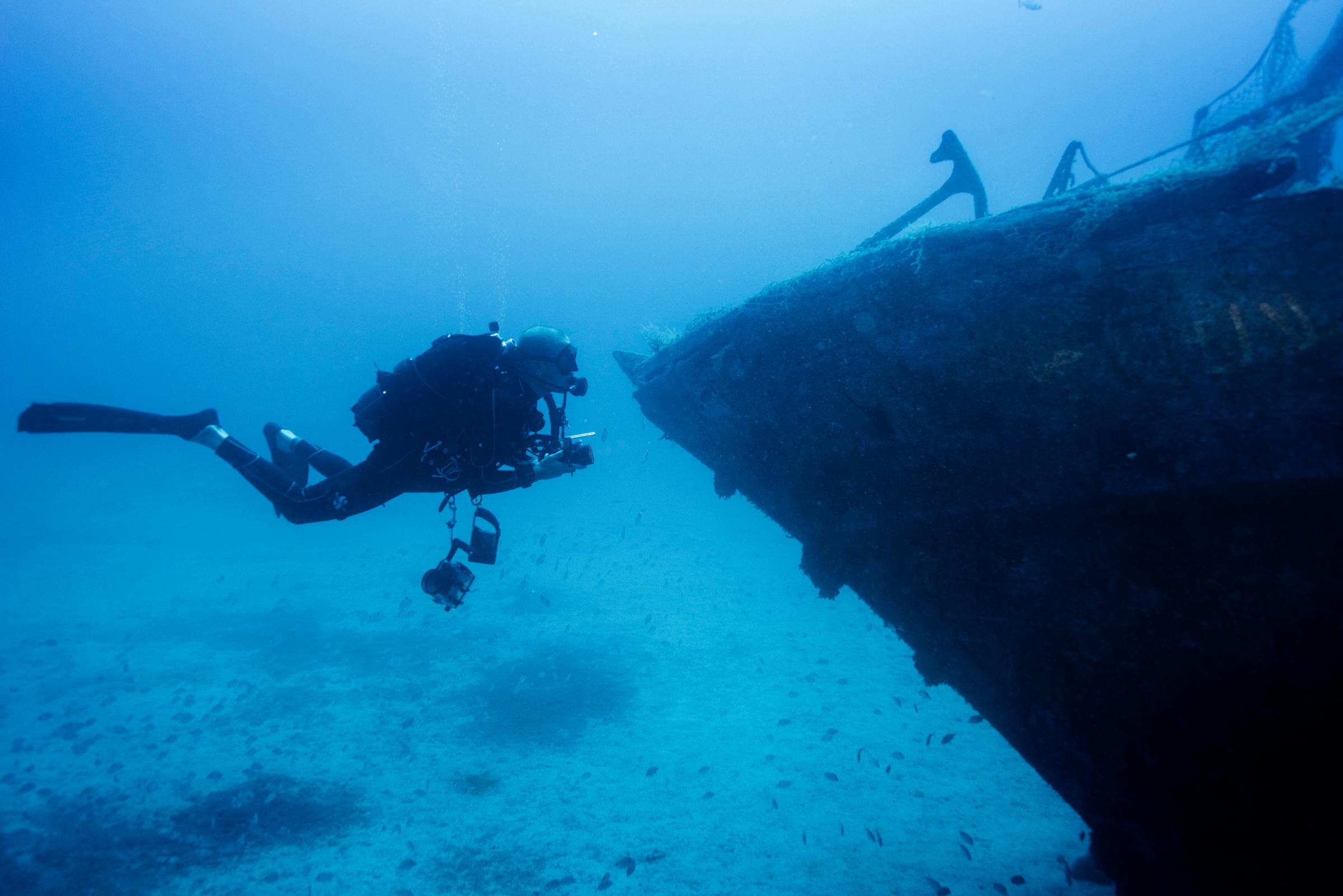
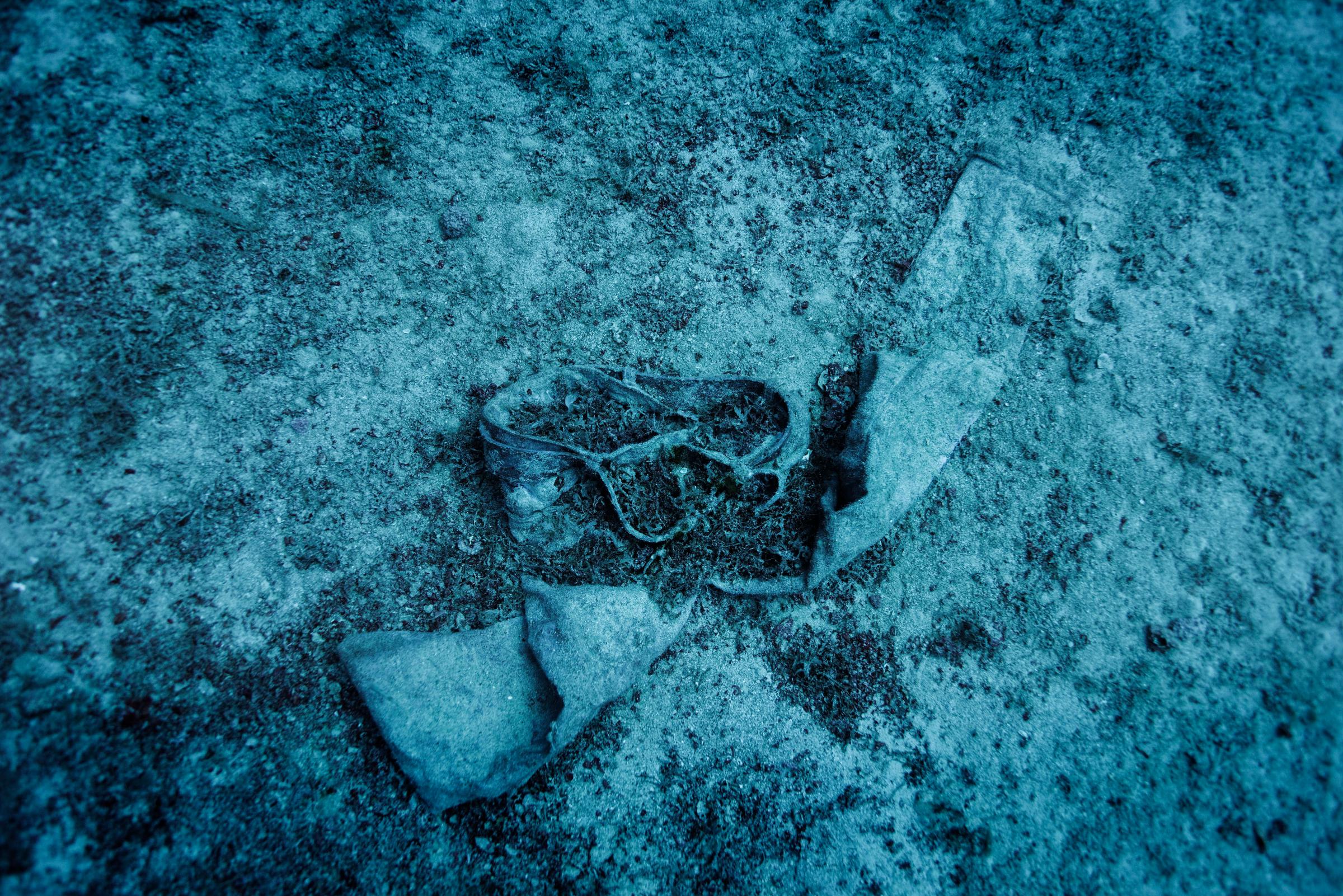
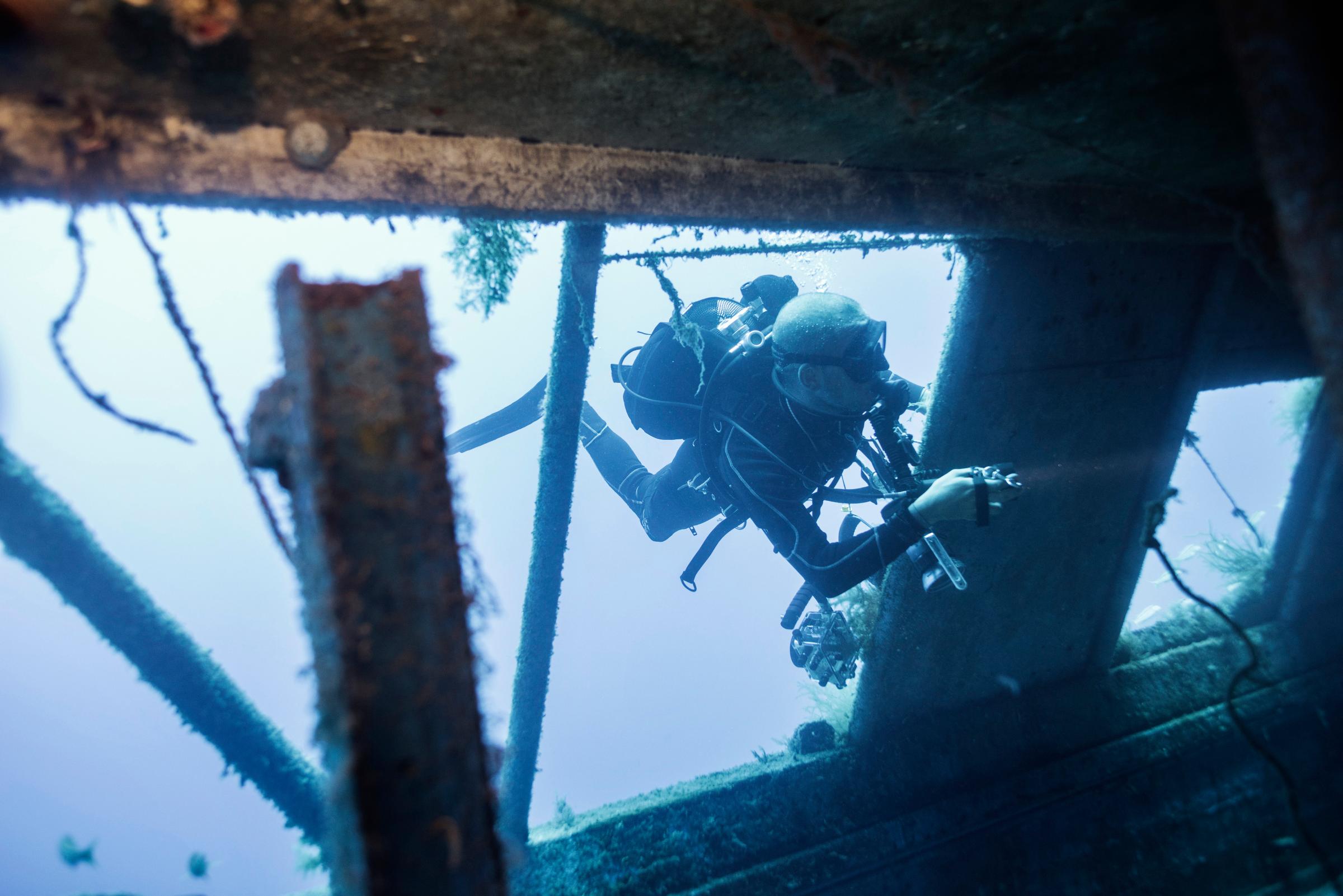
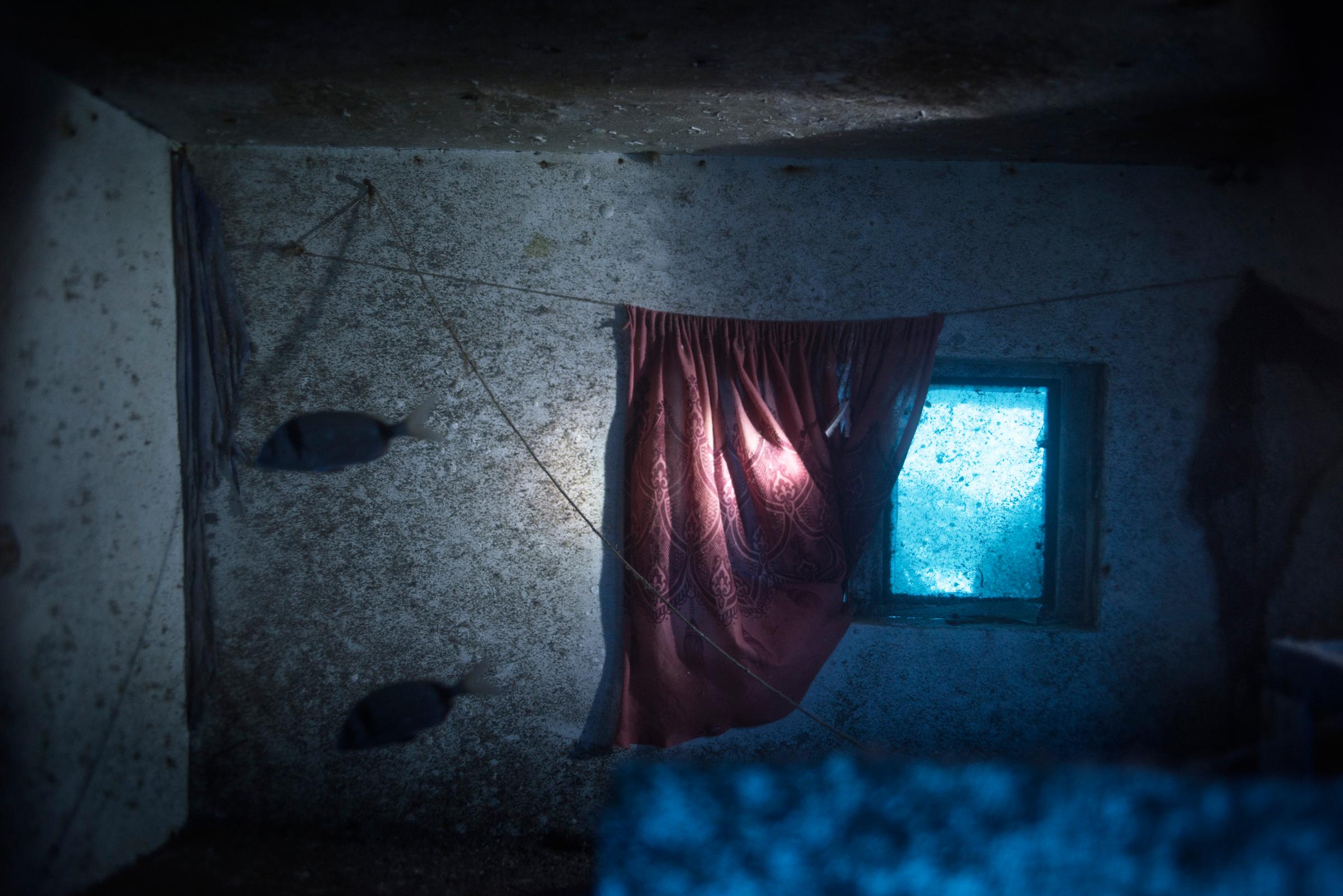
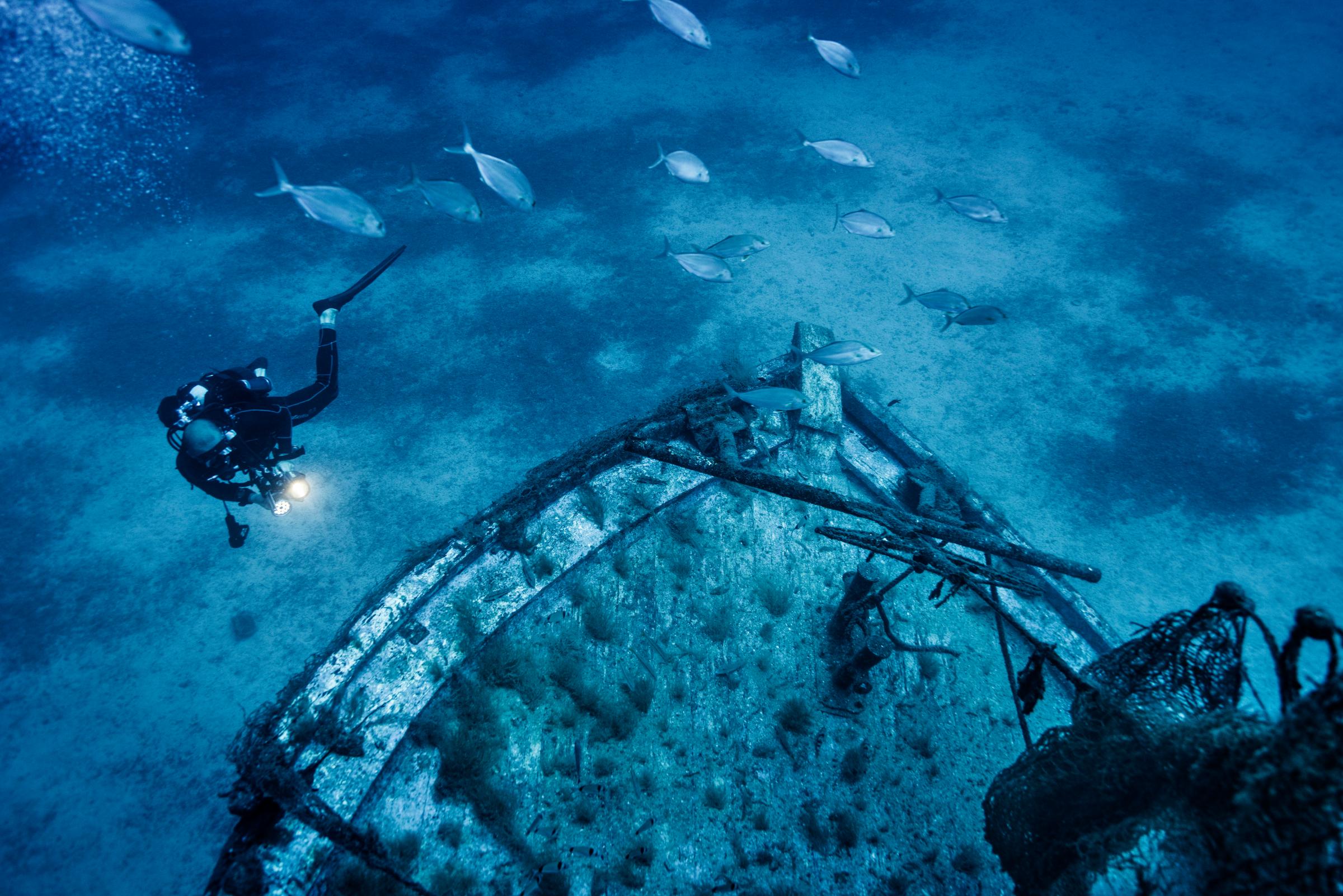
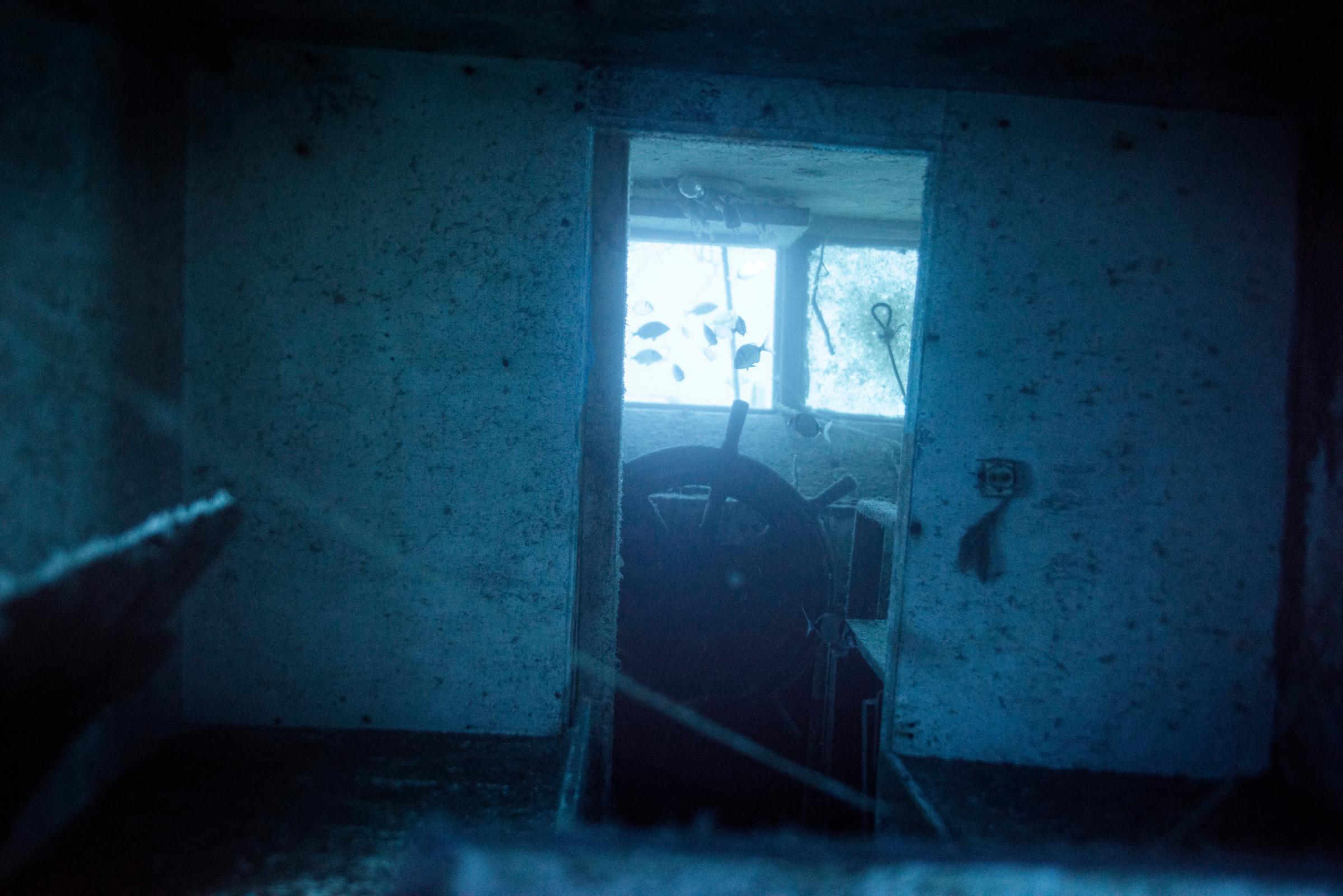
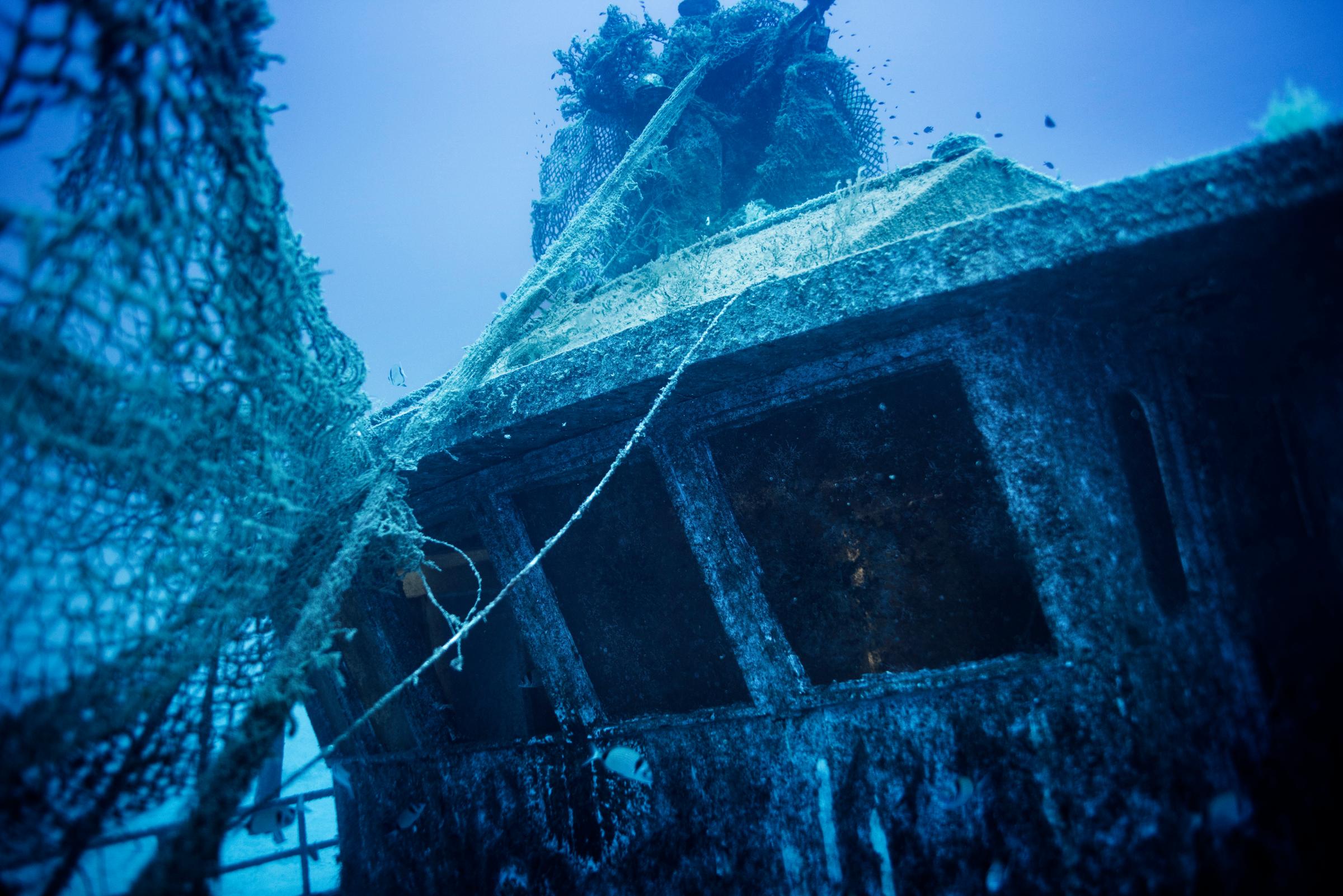
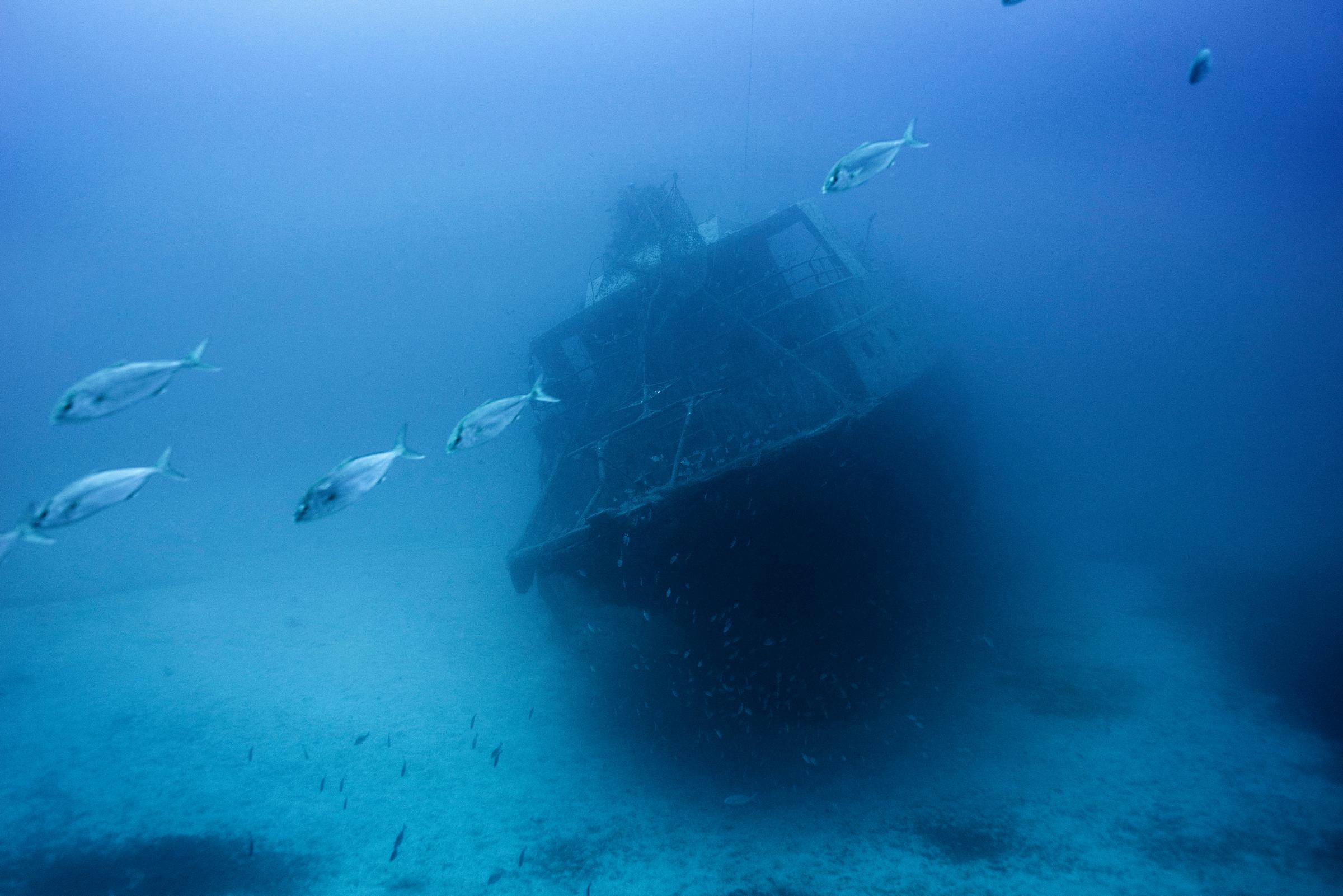
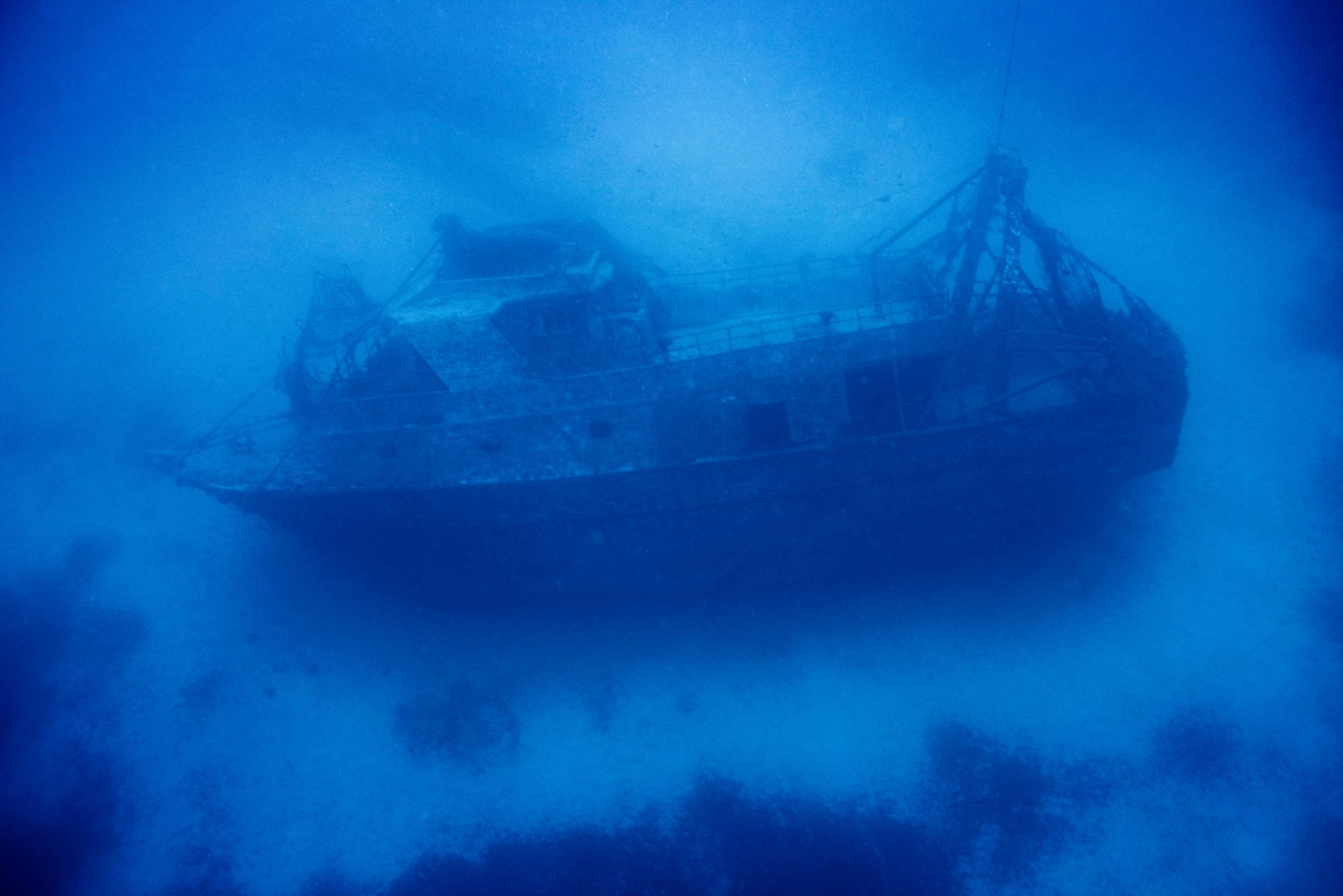
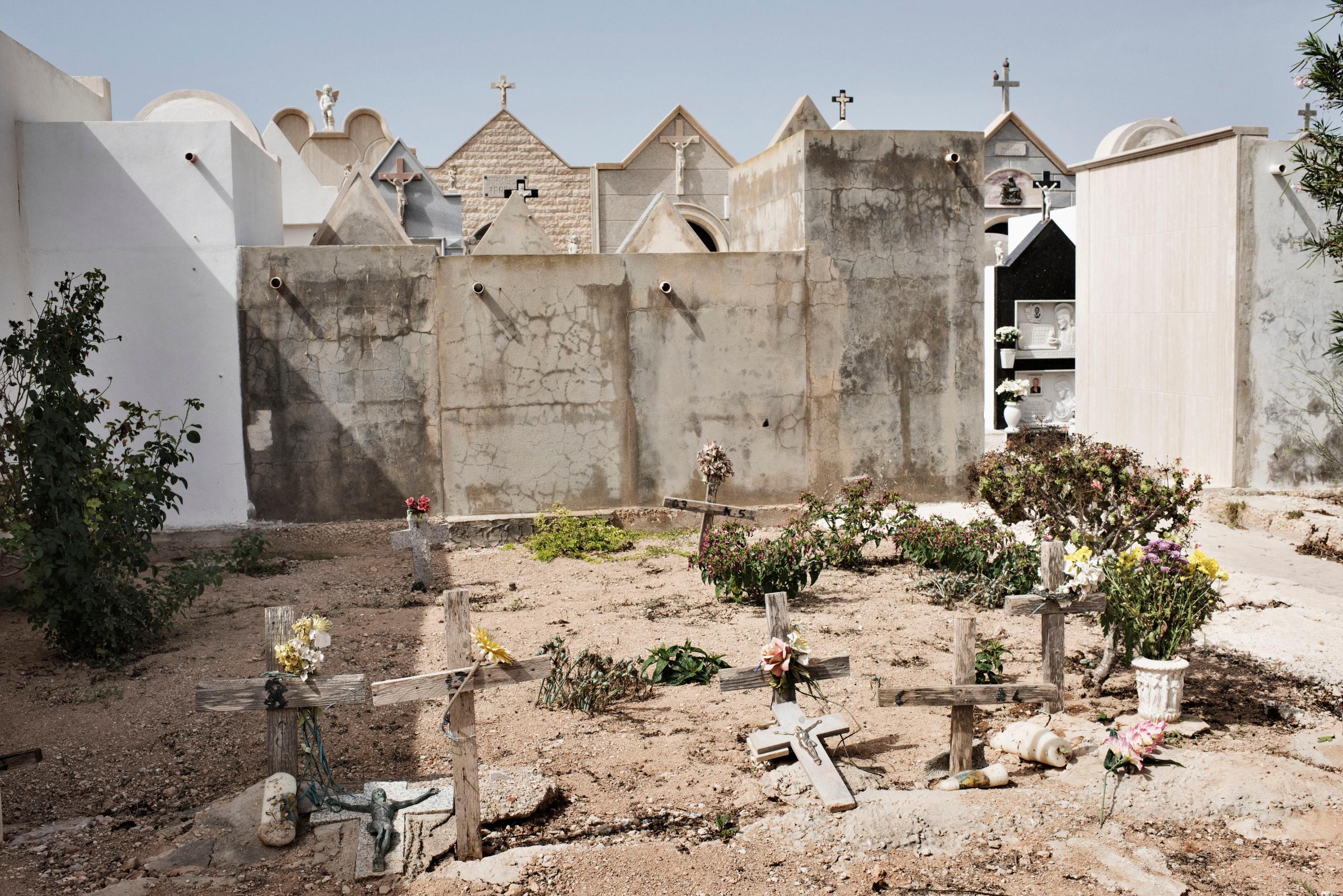
More Must-Reads From TIME
- The 100 Most Influential People of 2024
- The Revolution of Yulia Navalnaya
- 6 Compliments That Land Every Time
- What's the Deal With the Bitcoin Halving?
- If You're Dating Right Now , You're Brave: Column
- The AI That Could Heal a Divided Internet
- Fallout Is a Brilliant Model for the Future of Video Game Adaptations
- Want Weekly Recs on What to Watch, Read, and More? Sign Up for Worth Your Time
Contact us at letters@time.com